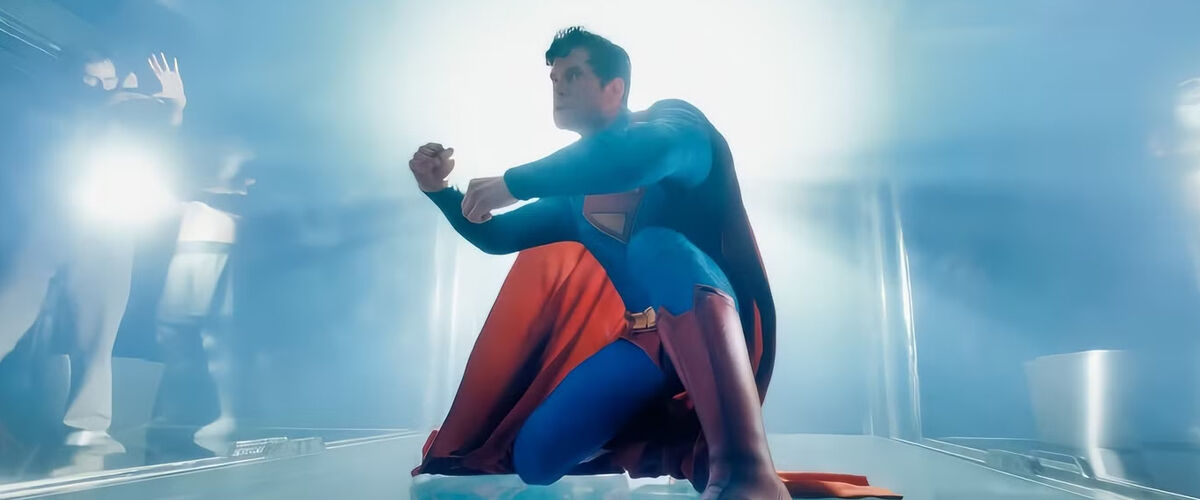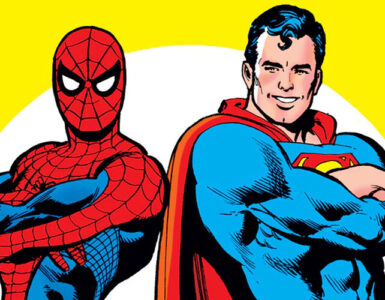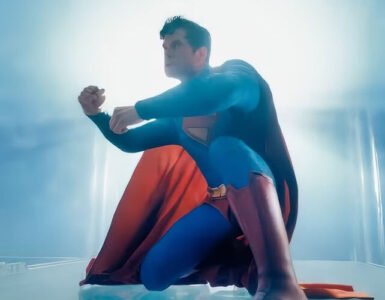**SPOILERS AHEAD!!! PROCEED AT YOUR OWN RISK**
Director James Gunn’s Superman may have soared to become the most commercially successful superhero movie of this year, but it’s also making ripples among the fandom. Audiences and critics alike have praised the resounding message of hope and kindness that the film embodies, while comic book fans are embracing the campy and goofy vibes of the faithful adaptation inspired by the likes of the comic book series All-Star Superman.
But while David Corenswet’s boy scout charm draws moviegoers and fans as the Last of Krypton, the film has also drawn criticism that this Superman isn’t quite as super. Despite the positive acclaim and box office success, there are still dissenting opinions about the fourth big-screen adaptation of the Man of Steel.
We also have some questions about certain details of the film, so here are 10 questions that lingered in our minds as the red, blue and yellow zipped across the screens, and the familiar S-shield faded to black.
1) How underpowered is Superman?

Director James Gunn (The Guardians of the Galaxy trilogy) has previously stated that he’s not interested in an overpowered Superman, and that his version would be “a little less powerful”, but to what extent have this new Superman’s powers been adjusted?
In the movie, it’s established that Corenswet’s Superman lost his first fight three years after his public debut, to the extent of being grievously injured, and requiring Krypto to bring him home. This loss was later revealed to be, after all, to Ultraman, his clone, while disguised as the Hammer of Boravia. Later on, Superman receives help from the Justice Gang to take out the rampaging kaiju in the city. Though the aid was unrequested and Superman’s efforts were mainly focused on wanting to passively subdue the creature and bring it to a less populated area for study, these certainly didn’t look like impressive displays of his powers.
In another scene, Superman gets taken down yet again, this time by Metamorpho (Anthony Carrigan), though to be fair, Metamorpho’s transformation into kryptonite was the only reason for that. Yet after that, in the climactic final battle, not only does Superman nearly get taken out by the tag-team of Ultraman and The Engineer (María Gabriela de Faría), but he also doesn’t so much as beat Ultraman as conveniently position Ultraman to be sucked into a black hole. While it is true that Ultraman is Superman’s clone and could only maintain the upper hand due to expert combat manoeuvres instructed by Luthor’s team, the fact that Superman struggled so much and was at risk of losing several times certainly was not a good look for the Man of Steel.
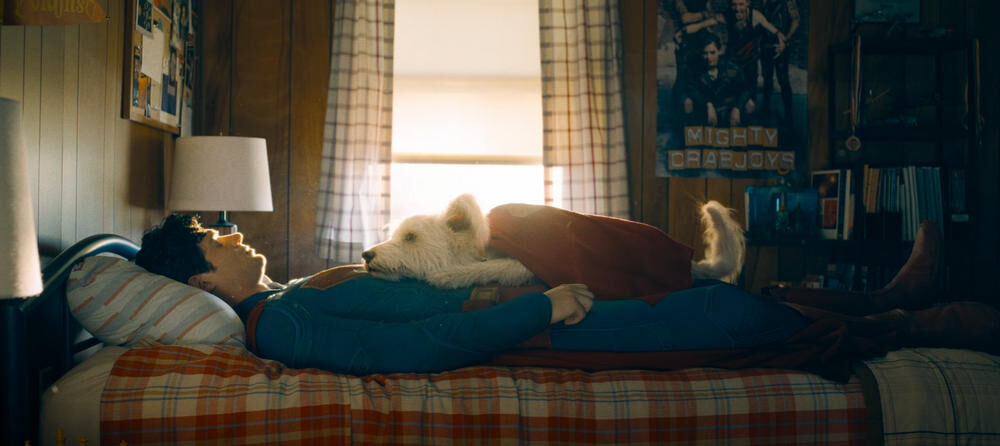
We also see Superman scream in pain when the sun reinvigorates him, heals his injuries and resets his broken bones, and this image of Superman screaming in agony is certainly one that we’re not used to. With his epithet as the Man of Steel, his powers are supposed to grant him indestructibility, so the sight of him screaming in agony certainly seems to run counter to this. While it can be attributed to the physiological pain that comes with regeneration and the resetting of bones, which Hugh Jackman’s Wolverine certainly seems to demonstrate throughout his tenure, it was still difficult to get the unnatural image of the invincible Man of Tomorrow crying out in pain out of our minds.
Another aspect of his powers that left us confused was the fact that his costume was constantly sullied during his battles. While casual viewers may not have noticed it, long-standing superfans would be aware of a fundamental but lesser-known ability of Superman – his ‘bio-electric aura’. Devised by DC Comics writers as a canonical explanation for how his supersuit consistently remains unscathed and clean despite going into battle, the ‘bio-electric aura’ is an invisible, solar-charged energy field that surrounds Superman’s body, sitting just a few millimetres above his skin.
It is a major factor that explains his impressive invulnerability and how he’s able to survive a supernova with his suit intact, for example. It also explains how he can save people and carry them with his super speed, without them suffering from whiplash or other physiological effects, as his aura can extend to shield people and objects he’s in contact with. It also extends towards large structures and objects, which maintains the structural integrity of these objects, such as a plane or building, when Superman lifts them from a single touch point.
While this ability remains one of the relatively lesser-known abilities in Superman’s arsenal, it remains integral to the mechanics of his daily heroics, without which he would not be able to fight kaijus and fly through obstacles without shredding his costume, or lift large buildings without them crumbling into rubble from the force exerted. But given that Superman’s battle against the kaiju left his supersuit burnt and covered in soot, yet he was able to take a swim in the anti-proton river, touted to be of absolute devastating capacity by Mister Terrific, without so much as a tear on his supersuit, one has to wonder whether the portrayal of his bio-electric aura is consistent in this film.
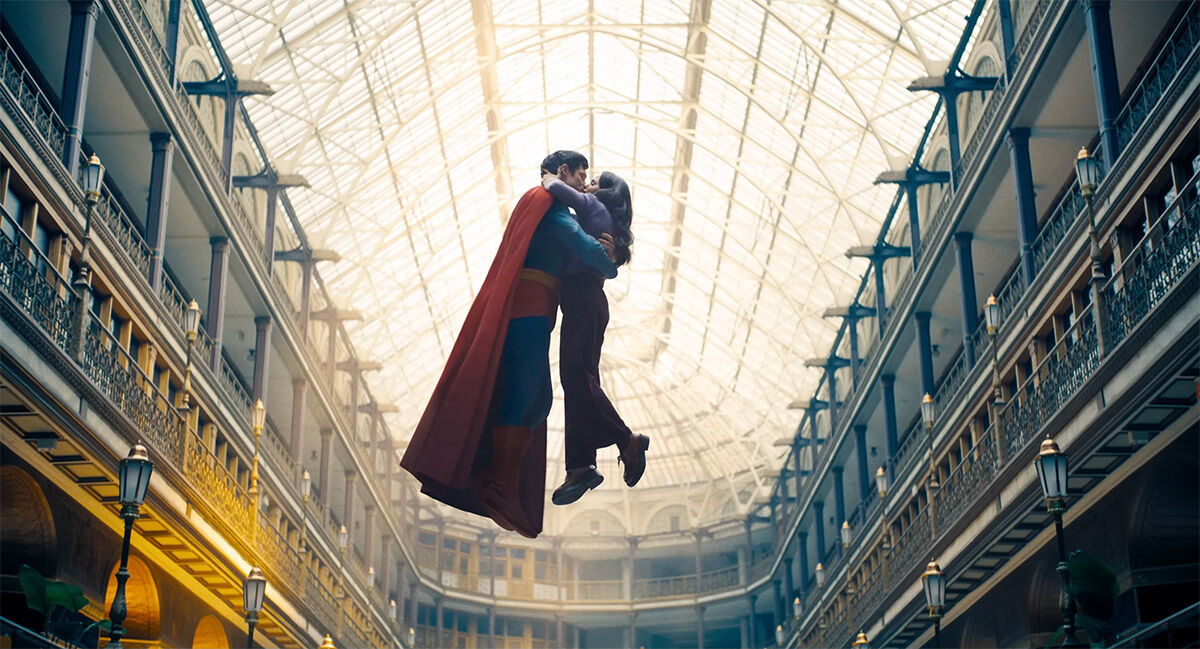
Supporters of the film may easily dismiss this as a minor superpower that the film would not have paid attention to, but let’s not forget that Gunn is a comic book fan and his film establishes, canonically through dialogue between Guy Gardner (Nathan Fillion) and Lois Lane (Rachel Brosnahan), that Superman uses his hypno-glasses. This is another obscure superpower from the comics that has his civilian glasses visually distort how people view him as Clark Kent, thereby protecting his secret identity and preventing others from recognising him as Superman. With such a careful detail included in the film, we couldn’t help but wonder why exactly the portrayal of his abilities seemed inconsistent at times.
Even if the aforementioned examples were to be dismissed as the nitpicking of a dedicated superfan, one thing that truly left us scratching our heads was when Mister Terrific (Edi Gathegi) mentioned having injected nano GPS trackers into Superman’s bloodstream, as well as his other allies. The reactions of Nathan Fillion’s Guy Gardner and Isabela Merced’s Hawkgirl, as they warily glanced down at their bodies, certainly seemed to indicate that they were unaware of such a procedure.
Would this, therefore, mean that Mister Terrific also injected these nanobots into Superman’s bloodstream without the Man of Steel’s knowledge? How would he have been able to do so without the Last Son of Krypton realising, given his plethora of sensory powers, like his X-ray vision, telescopic vision, microscopic vision, infrared vision, super hearing, and enhanced smell? To begin with, how would Mister Terrific have been able to pierce Superman’s impenetrable skin to inject the nanobots? These were definitely major questions that lingered on our minds as we watched the film.
2) How different are the other members of the House of El in this universe?
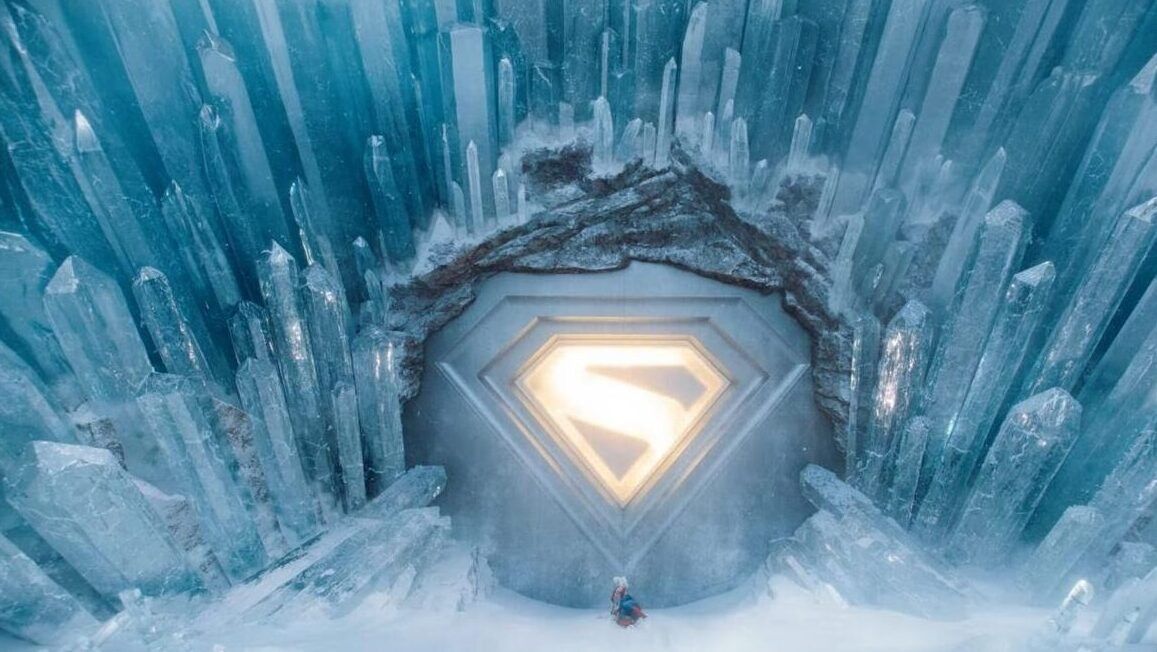
In over 80 years of comics lore, it has been suggested that Kryptonians are a highly advanced, scientifically driven and emotionally restrained race. Many modern depictions portray them as coldly intellectual or detached, especially in contrast to Earth’s emotional nature. While there are bouts of infighting within their race, and some of them, such as General Zod, are known to be warlike, the alien race is not known to be a race of conquerors. In fact, Zod and his followers are often known to be supremacists or warmongers, i.e. exceptions, far from the typical Kryptonian.
However, in this movie, Lex Luthor (Nicholas Hoult), through The Engineer, manages to extract, decipher and repair damaged Kryptonian recordings that seem to indicate that Jor-El (Bradley Cooper) and Lara (Angela Sarafyan) sent baby Kal-El to Earth to ultimately conquer and reign over the human race.
The movie establishes that the translated recordings have been authenticated by multiple video and linguistic experts, with their credentials even vouched for by Mister Terrific himself. However, is there perhaps any room for error, or could they have been bribed by Luthor, given his immense wealth? Were Superman’s parents uniquely malevolent people or merely an unfortunate byproduct of a race of conquerors in this universe? These questions are piqued by the deviation from traditional comic lore, and they certainly left us scratching our heads.
In addition, at the end of the movie, there is a cameo by Kal-El’s cousin, Supergirl, aka Kara Zor-El, and it turns out that she’s a planet-hopping, party-seeking young adult bent on having her fun and celebrating her birthday by getting intoxicated – all traits that do not make her seem as heroic as her cousin, the Big Blue Boy Scout.
While such traits do not necessarily connote a person of poor character, they certainly do not reflect the Boy Scout behaviour that Superman continues to espouse and embody throughout the film. The Superman we see, who even says “darn it, I can be such a jerk sometimes”, is certainly far from his cousin, who says “b**ch” flippantly.
In other words, the Superman in this film may be as hopeful and heroic as you remember, but his family members? Perhaps not as much.
3) What does Supergirl’s cameo mean for the tone of her upcoming movie?
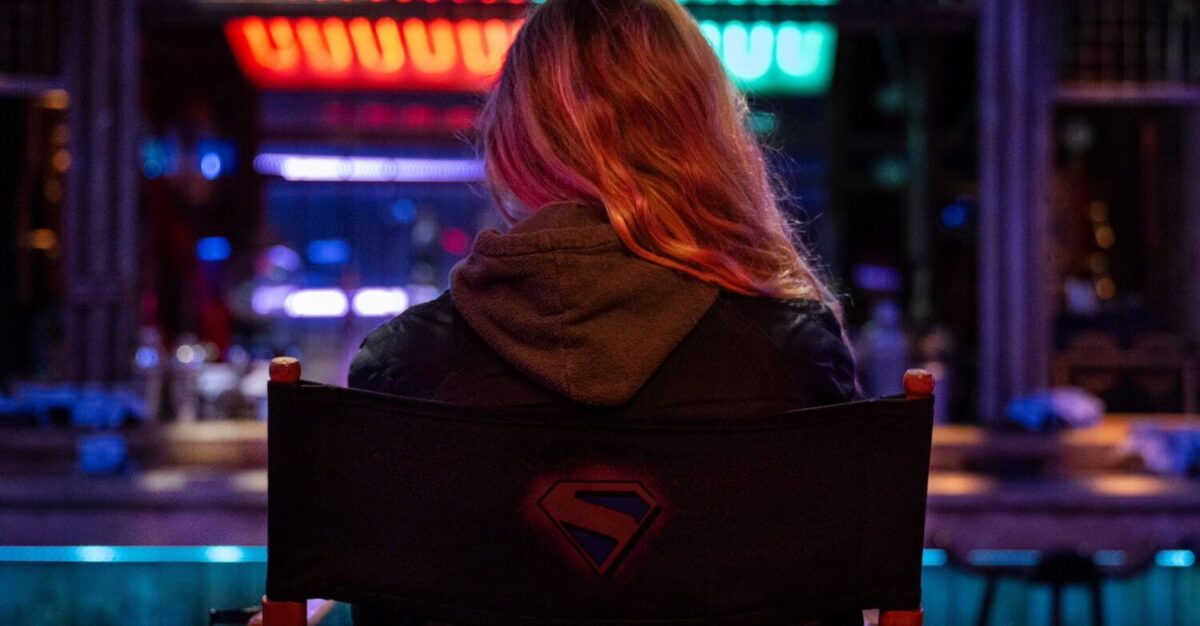
In her brief cameo in the film, Supergirl crash-lands into the Fortress of Solitude, stumbles in, hammered, with a trenchcoat over her supersuit and roughhouses with her dog, Krypto, causing a mess on the ground of the Fortress. Before leaving, she calls Superman a “b**ch” and flies off, prompting Superman to discuss with the Four-turned-Gary Superman robot her rebellious, party-going and alcoholic tendencies.
James Gunn has already disclosed that Supergirl’s upcoming film will feature her as a more attitudinal young lady, who’s going through a torrent of negative emotions and jets off on an adventure of revenge and ultimately self-discovery. It’s based on the comic book series Supergirl: Woman of Tomorrow, which is a retelling of Supergirl’s story but with a more emotional twist. It is the tragic and emotionally-heavy tale of a teen who has to watch her planet get destroyed, deal with the trauma of losing everyone around her and get sent to Earth to protect her cousin, who doesn’t even need help.
The current depiction of Milly Alcock’s Supergirl in the film seems consistent with the source material and Gunn’s vision but this does raise the question of whether the upcoming Supergirl will still be a campy, comic-book-accurate, humorous film like Superman or whether it will be more edgy and heavy with the emotional weight of Kara Zor-El’s tragic history coming into play.
4) What happened to all the Kryptonite on Earth?
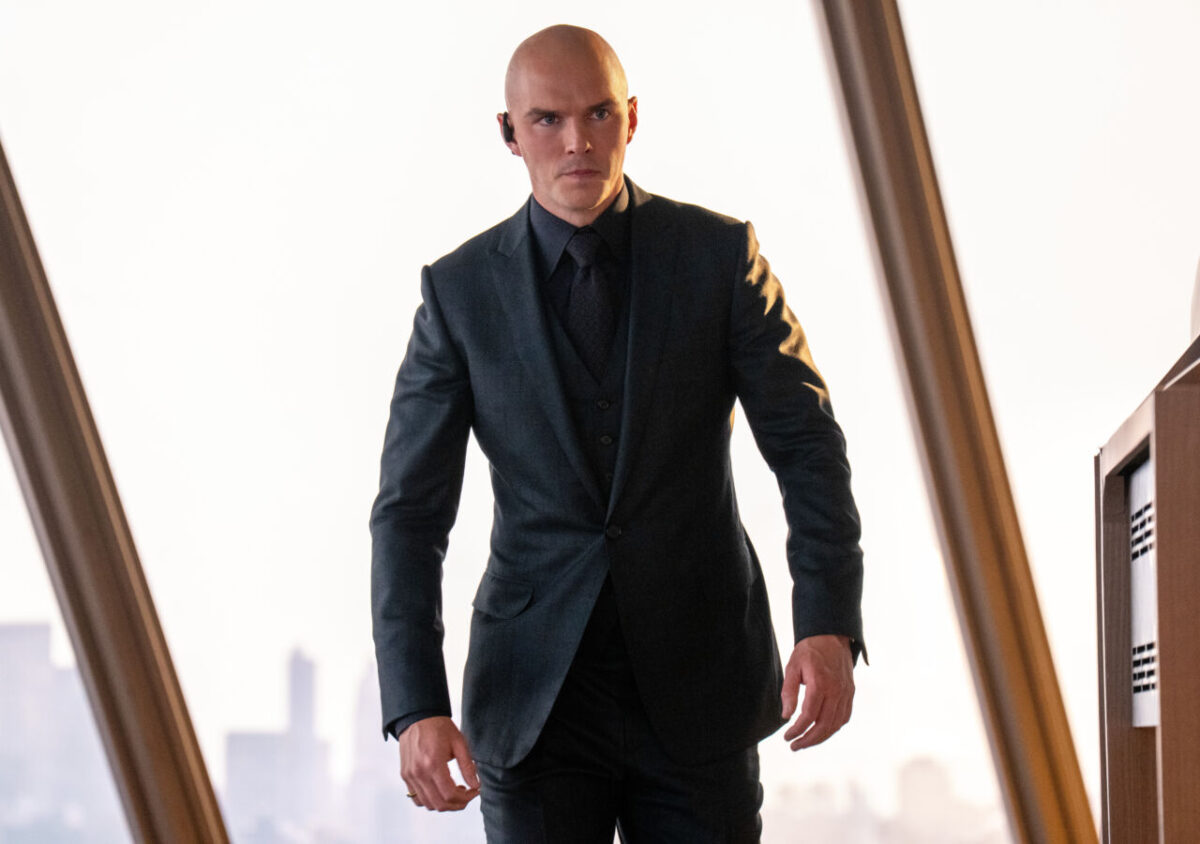
It is never explicitly mentioned what happened to all the Kryptonite on Earth, just that there is none left on the planet. Lex Luthor thus enlists the help of Metamorpho, who can transmute parts of his body into a wide variety of elemental compounds, to transform his hand into Kryptonite to weaken Superman. But what happened to all of the radioactive alien crystals?
In the comics, Kryptonite has always been depicted with varying degrees of rarity, but it has always at least been discoverable on Earth, though perhaps only accessible by billionaires like Bruce Wayne and Lex Luthor, who have the resources to source and extract the alien crystal. However, it is unclear why Lex Luthor did not do so in this film in the first place, and chooses instead to utilise an unknown and relatively less controllable variable like Metamorpho, rather than using an inanimate chunk of Kryptonite.
And how is Metamorpho able to transmute into kryptonite? In the early comics, he was limited to creating elements that were naturally occurring in the human body. We also saw in the film from his mumbling about chemical components when forming a mini-sun that he needs to have a theoretical understanding of the chemical composition of something, to successfully transmute into it. Therefore, this begs the question – without any Kryptonite on Earth, or at least being seemingly inaccessible to it, how was Metamorpho able to transmute into the radioactive alien crystal?
5) The movie never explains the new design of Superman’s S-shield.
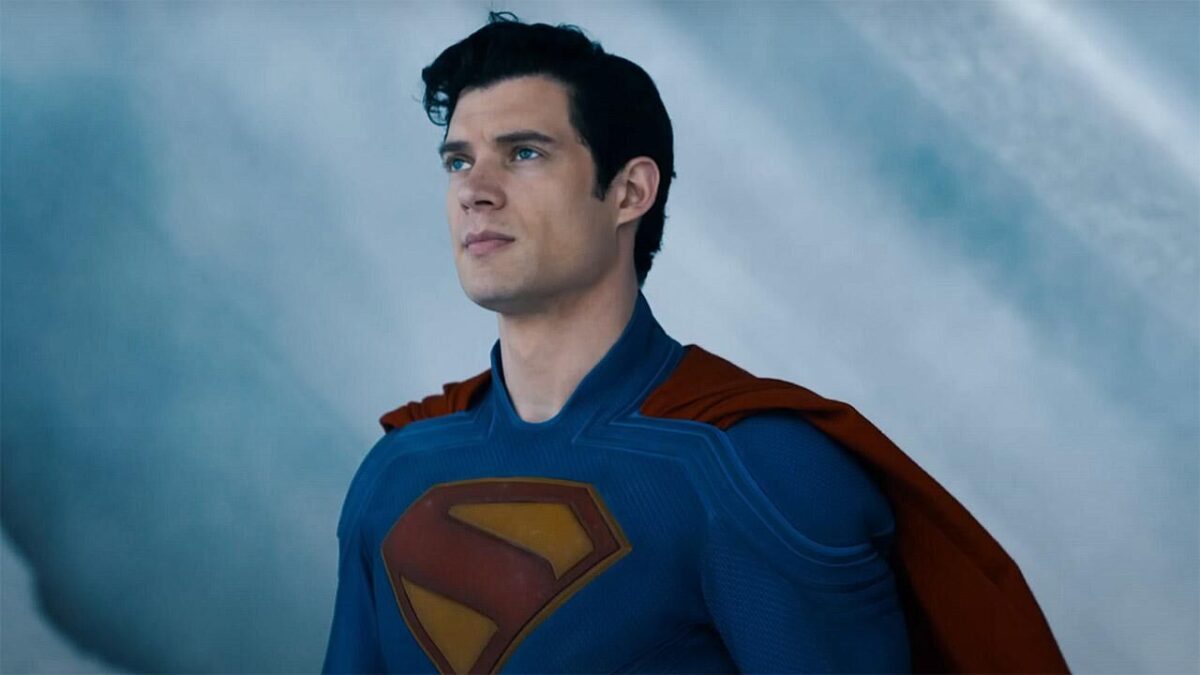
As viewers, we have external contextual information that James Gunn based his Superman symbol on Mark Waid and Alex Ross’ Kingdom Come Superman, but instead of a black background, the new symbol carries the red and yellow colour scheme of the iconic Superman symbol.
However, comparatively, in the film, there is not much explanation or analysis of the S-shield. The S-looking symbol was established to be the family crest of the House of El in Christopher Reeve and Henry Cavill’s debut films, and provides a narrative reason for why he’s called Superman by the media and general populace, since the letter S could easily stand for the name ‘Superman’. Both films also establish that Lois Lane came up with the name.
In this film, the altered or new S-symbol is not discussed at all, and given that the symbol looks less like the letter ‘S’ and more like a flipped number 7 or something more abstract, one cannot help but wonder how the general populace came to know him by the name “Superman”.
This film seemingly establishes through some banter between Clark and Lois that Clark has a penchant for thinking up soundbites for his superpowered alter-ego in interviews. Are we therefore meant to understand that Clark Kent brainstormed and bestowed the name upon himself in one of his “exclusive interviews with Superman”? Or did Lois? Otherwise, who did?
6) Looking at the size of the Hall of Justice, how many members are there in the ‘Justice Gang’?
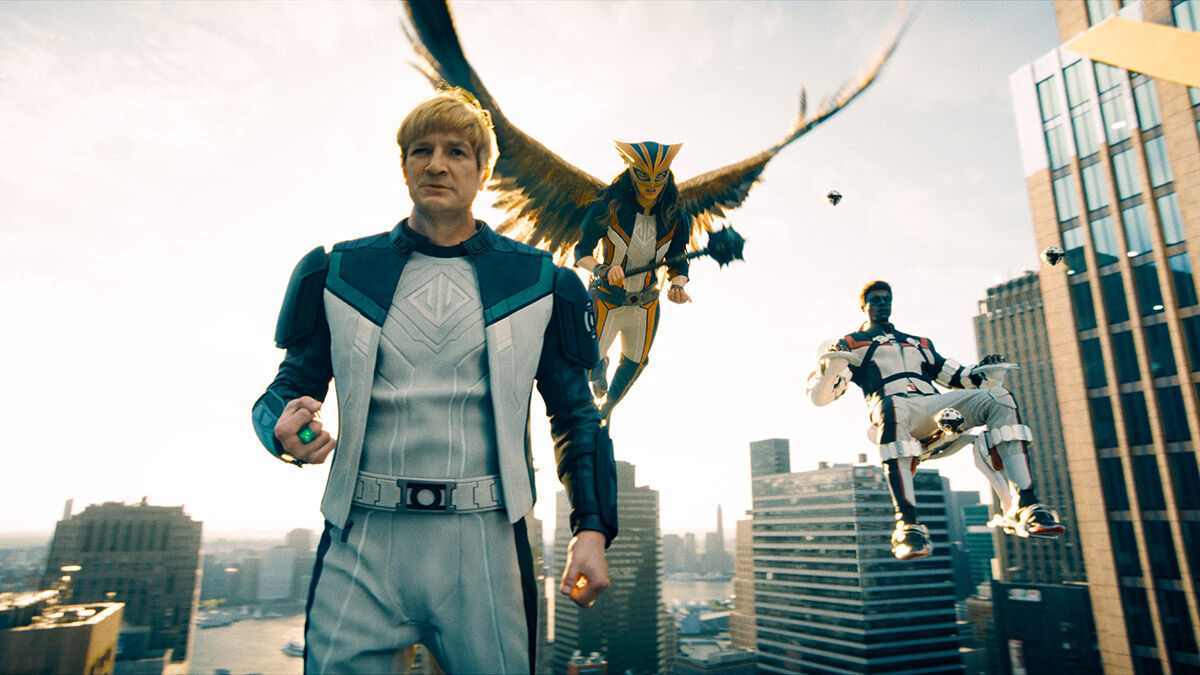
Though the film’s depiction of the Justice Gang’s Hall of Justice headquarters is limited only to what appears to be the lobby, with some couches and a makeshift worktable for Mister Terrific, the space still appears to be rather expansive. There is plenty of space, and many couches and coffee tables, much more than necessary for just the three members depicted in the film. Now, we do get to see a mural with several heroes, including a few familiar ones, such as Jay Garrick aka The Flash, Wildcat and Vibe, so clearly, there is a legacy of superheroes, which ties in with what the film earlier establishes about metahumans having been around for 300 years.
Still, none of them appear in the climactic third act, and with the uncertainty of a team name for Green Lantern, Mister Terrific and Hawkgirl (Isabela Merced), so are we to infer that the building is old, but this team is new? The trailer for the upcoming second season of Peacemaker shows Peacemaker (John Cena) going through a recruitment interview with Maxwell Lord (Sean Gunn), Guy Gardner and Hawkgirl, and given their eagerness to recruit Metamorpho, it looks like this superteam is heading in the direction of the Justice League’s formation, but we’re not there yet.
Given that scaffolding is visible in the Hall of Justice in some of the panning shots, as well as sheets covering some of the furniture, it seems likely that the Hall of Justice is undergoing some renovation as the Justice Gang is still in its fledgling stages of expansion and restructuring.
7) Where do the Engineer’s motivations stem from, such that she would willingly undergo her transformation on the word of Lex Luthor?
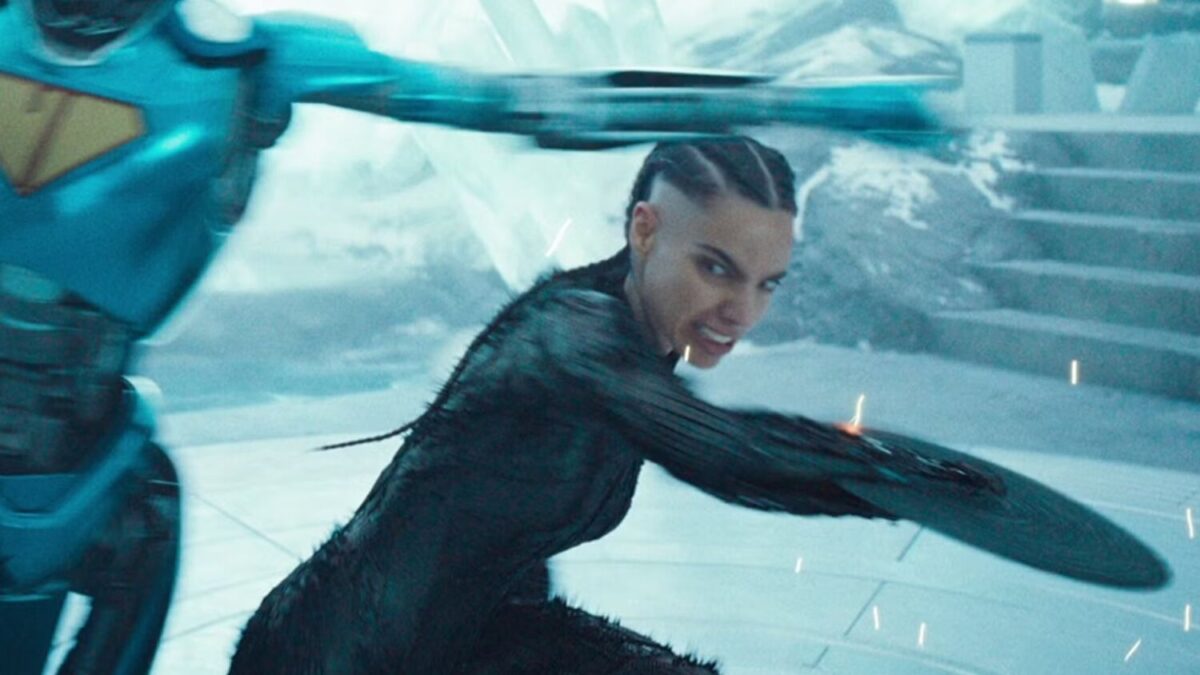
In the comics, the Engineer has complete control over the nanite-enriched fluid that replaced her blood in her body, and has also served as the leader of The Authority, a group of superheroes. In the film, however, she is an antagonist who asserts that she had her reasons for undergoing the extensive procedures to transform her body into a potent weapon, of having technologically transformative abilities endowed by the nanobots in her body, to go up against Superman.
Her assertion implies motives that extend beyond Luthor’s ambitions, though it’s apparent that she trusts in Luthor. In fact, this trust extends to Luthor’s team of employees as well as his henchmen, who all seem emotionally invested in controlling and using Ultraman to defeat Superman, even cheering every time they’re within reach of victory.
Based on their emotional reactions, it seems apparent that they aren’t roped into Luthor’s schemes as mere employees on a paycheck, and it almost seems like they have personal vendettas against Superman. What then could be the Engineer’s motivation that led her to take the additional step to undergo such a transformation, to defeat the Last Son of Krypton?
8) How can the Engineer’s nanites interface with Kryptonian tech when even Superman’s robots couldn’t?
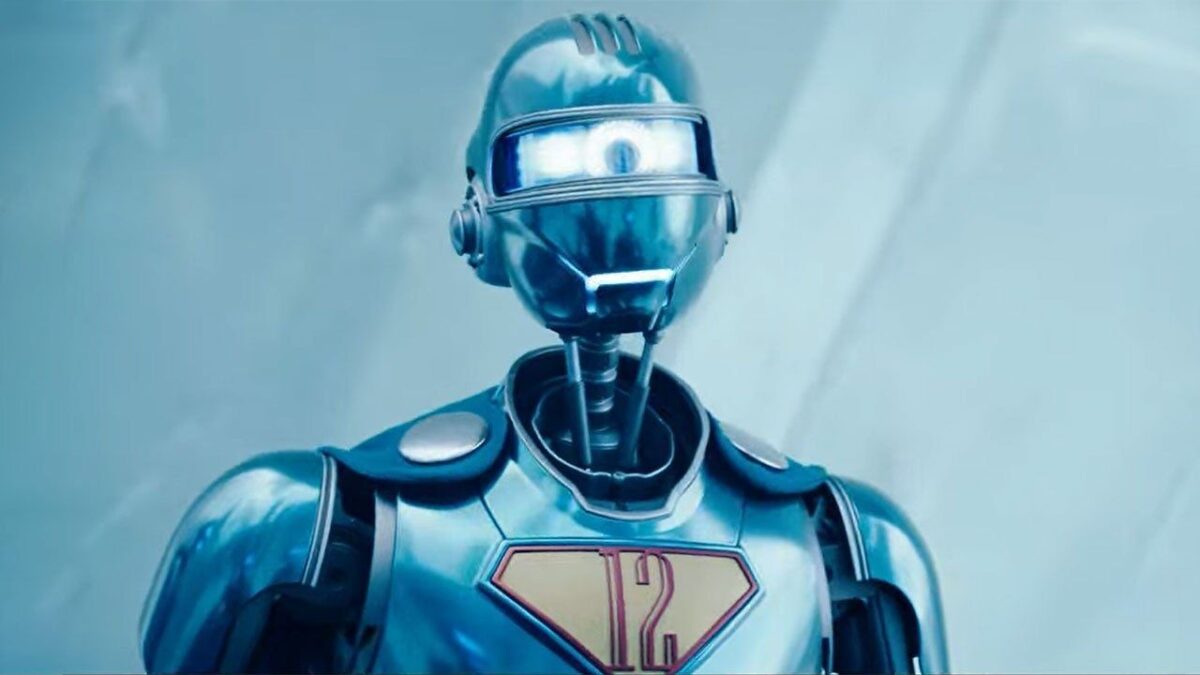
The Superman robots told Kal-El that they had been unable to retrieve and repair the damaged recording of Jor-El and Lara’s video message to their infant son yet somehow, the Engineer’s nanites, created on Earth by Lex Luthor and implanted into her body, enabled her to successfully interface with alien Kryptonian technology to not only retrieve the footage, but also completely repair it.
Other than being armed with the intent of looking for some evidence that could tarnish Superman’s reputation, it didn’t look like Lex Luthor knew what he was looking for when he entered Superman’s Fortress of Solitude, which means he could not have known the kind of technology that awaited him, or the technological capabilities he would need to have, to bypass Kryptonian technology.
Why then was the Engineer technologically advanced enough to hack into the Kryptonian database to retrieve and repair the footage? This remains a feat that is convenient for the narrative, but lingers in our minds as being unexplained.
9) Why were the PlanetWatch Raptors able to survive contact with the anti-proton river despite Mister Terrific saying that a single touch would kill anyone?
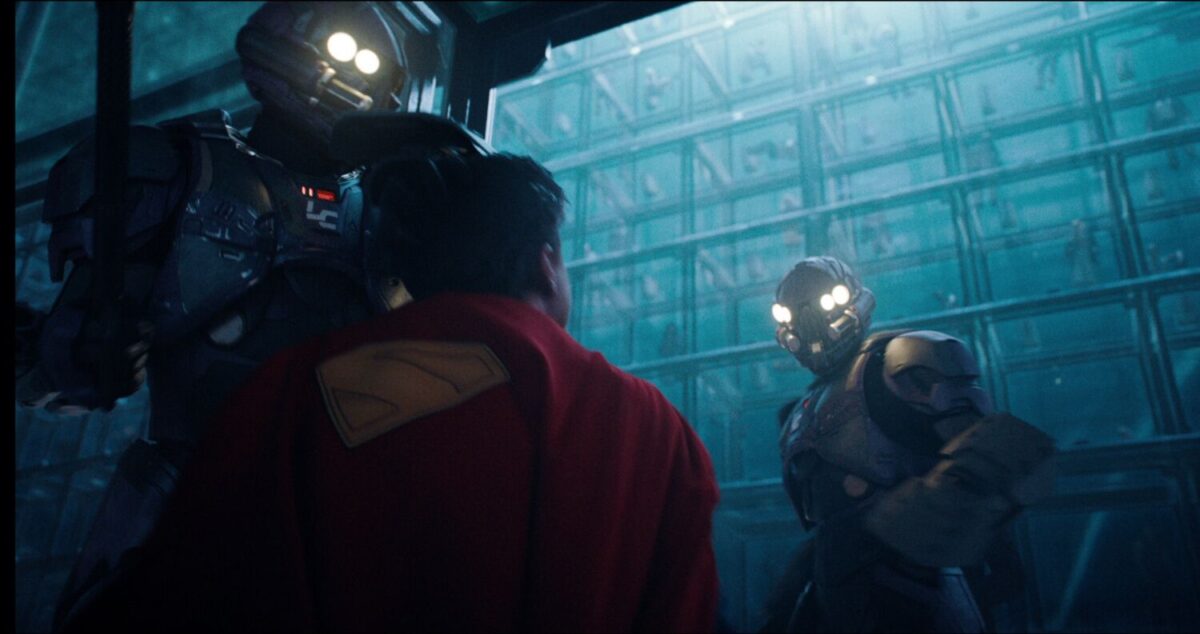
The PlanetWatch Raptors, organised and funded by Lex Luthor, are a group of soldiers with high-tech armour that augments their strength and endurance, while allowing them to fly and fire weapons. Still, they are nowhere nearly as powerful as Superman, and he dispatches them with great ease, establishing that their armour is no match for his strength or heat vision.
Other members of the Raptors were also easily defeated by Mister Terrific, either with a few punches or with the help of his T-Spheres. In the comics and film, Mister Terrific is not known for enhanced strength of any kind, which implies that the armour worn by the PlanetWatch Raptors is not especially durable or sturdy.
On the other hand, the anti-proton river in the pocket universe is described by Mister Terrific to be so horrifically destructive, such that a single touch would kill anyone within seconds. Yet, we witness several of the Raptors wrestling with Superman in the anti-proton river, so how on earth were they able to survive the anti-proton river and fight the Man of Steel?
10) Why would Lex Luthor, who can create a pocket dimension with infinite space, want to be a land baron?
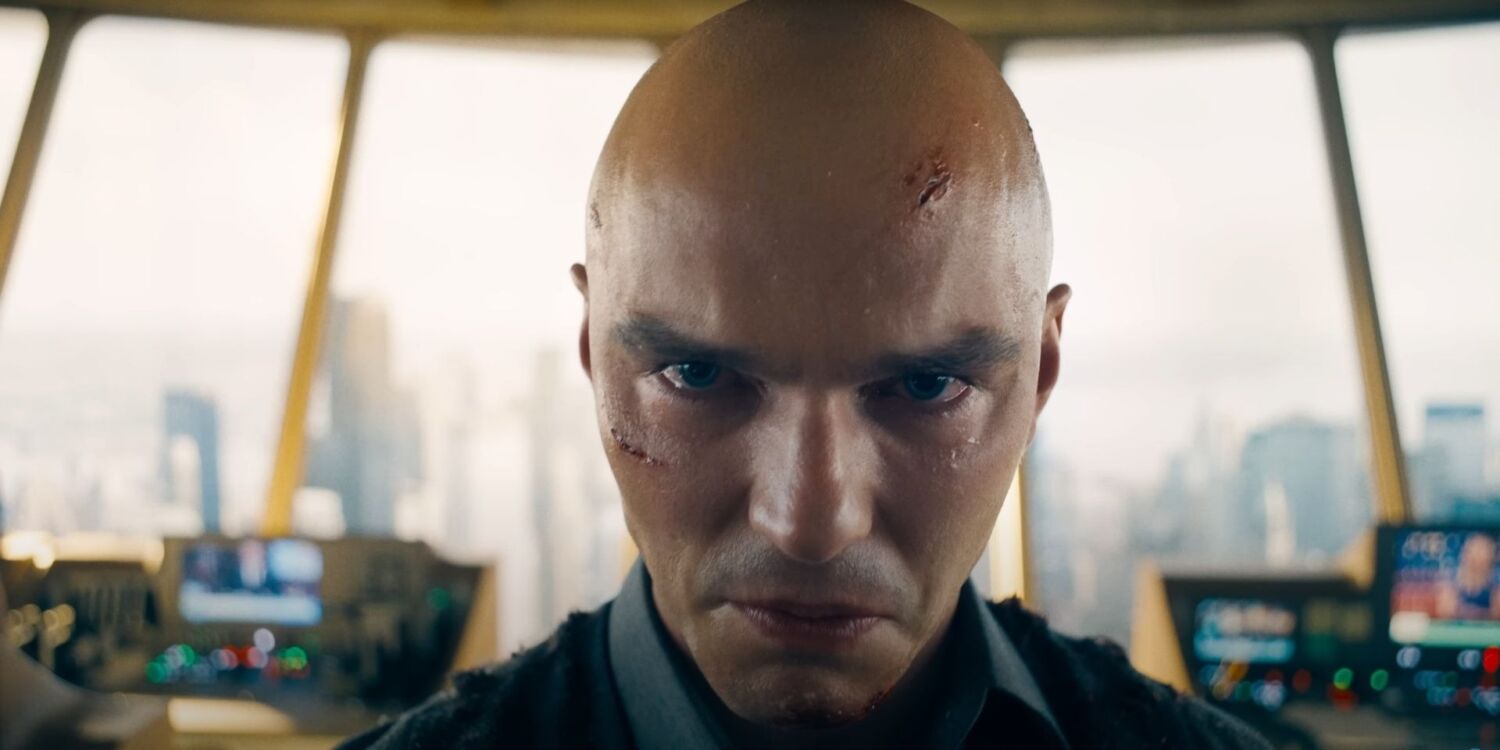
Why do filmmakers seem bent on depicting live-action Lex Luthors as being obsessed with land ownership? Superman (1978) had Gene Hackman’s Lex try to submerge California, to turn neighbouring states into beachfront properties, while Superman II (1980) saw Lex want control of Australia. In Superman Returns (2006), Kevin Spacey’s Lex attempted to use Kryptonian crystals to grow a new continent under his control.
In this film, Lex, who created a new pocket universe, is looking to own a country by supporting an invasion of one nation against the other, in the hopes of getting the losing nation’s land. While it is later established that he had orchestrated the conflict between Boravia and Jarhanpur, all for his main objective to crush Superman, it still seems odd that he would even negotiate a deal with the President of Boravia to take over half of Jarhanpur for himself, even if it’s only a side objective. Even if he didn’t create a pocket universe with infinite space, why wouldn’t he just use his vast fortune to buy up land to call his own?
Bonus: Krypto should have bitten Lex Luthor’s head off, so how did Lex walk away without any injuries after being attacked by an angry super pet?

Krypto is demonstrated to have ample levels of strength, comparable to the Man of Steel himself, which certainly makes sense given that he’s of the same alien heritage as Superman. He is even able to hurt Superman in the opening scene of the film, when he playfully pounces on an injured Superman.
How is it then that when Krypto launches himself at Lex Luthor and attacks him at the end of the film, Luthor is not shown to have more grievous injuries than scratches and claw marks? Was Krypto holding back? And if so, why would he hold back when he didn’t even hold back against Superman, his foster carer?
Does Krypto perhaps have the intelligence and awareness to be more forceful against beings that can withstand his might, aka Superman, but more careful with more fragile beings, aka Luthor? And if so, why didn’t Krypto hold back against Mister Terrific’s T-spheres, despite numerous protests from Mister Terrific?
Superman may not answer these questions, but what it did accomplish was establish a message of hope and kindness in a world that needs more of both. With our beloved Big Blue Boy Scout championing change and positivity, walking the talk and inspiring his superpowered colleagues to do the same, things are certainly looking up for the universe. Superman heralds a brighter future both within and for the DC Universe, and we certainly look forward to seeing more of him and future DCU projects. Perhaps we’ll even get a glimpse of him in his cousin’s film, Supergirl, dropping on 26 June 2026.
Conversation with Ting Wei is like chatting with a weird AI bot programmed only with One Piece lore and theories, sitcom quotes and other miscellaneous pop culture references. When he’s not sleeping, he’s highly likely reading manga. In fact, the only thing he reads more than manga is the Bible, and it’s honestly pretty close.

